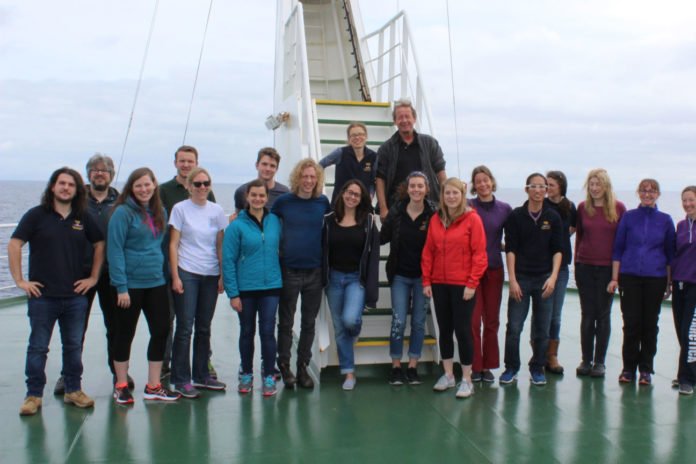Glaciers are known to be a wellspring of phosphate, silicon, and iron, supplements that are basic for the development of the marine algae that frame the premise of the natural way of life in the seas. In any case, the degree to which these supplements reach the ocean, and what happens when they arrive, isn’t completely comprehended.
The two-week trip undertaking to the fjords, an essential progress zone between the meltwater streams and the oceans, will be the first occasion when that researchers have attempted to track these organically vital components from their source under the glaciers into the oceans.
Principal scientist on the expedition, Dr Kate Hendry, from Bristol’s School of Earth Sciences, said: “With the world’s glaciers melting and retreating at an ever-increasing rate, it’s vital that we understand the consequences of this meltwater on the balance of nutrients and, so, biological production of algae, which form the basis of the food chain in the oceans.
“The holistic approach that we’re taking is especially novel as it will build a complete picture of the whole nutrient system based on physics, chemistry, and biology of the system, from the freshwater inputs to the open ocean.”
Scientists actually wanted to offer unprecedented insights into nutrient cycling, biomineralization, and the taxonomy and biogeography of siliceous organisms in an ecologically important region of the North Atlantic.
The expedition, which starts on 1 July, is part of the Cardiff University, Imperial College London, and the University of Alabama as well as members of the University of Bristol.
This trip builds on the work carried out last year when Dr. Hendry led an international ocean-going expedition to the Labrador Sea and coastal Greenland as part of the RRS Discovery cruise DY081, to investigate glacial meltwater and marine cycling in the oceans.
That trip saw the team gather and channel around 28,000 liters of seawater through the span of one week, breaking down in excess of 50 meters of marine residue and 1,551 organic examples removed from a region over double the extent of Wales.
Dr. Hendry said, “Thanks to the Bristol Glaciology Centre, we already have some idea of how important glaciers are in releasing these important nutrients. A big question is, though, whether these nutrients make it into the coastal seas and out into the open ocean. The data we captured last year already revealed the impact of these meltwaters all the way out into the offshore currents. However, it’s not a straightforward picture – with different chemical elements behaving in different ways – which is why we need to connect the dots with a better understanding of the nearshore processes.”
While at sea, the team will filter hundreds of fjord waters for the project, using a wide range of novel analytical and geochemical techniques. This will include some isotopic analyses used to track weathering rates and reactions. The ship will also utilize an array of sensors to track changes in water temperature, salt-levels, oxygen, organic matter, and algae.
